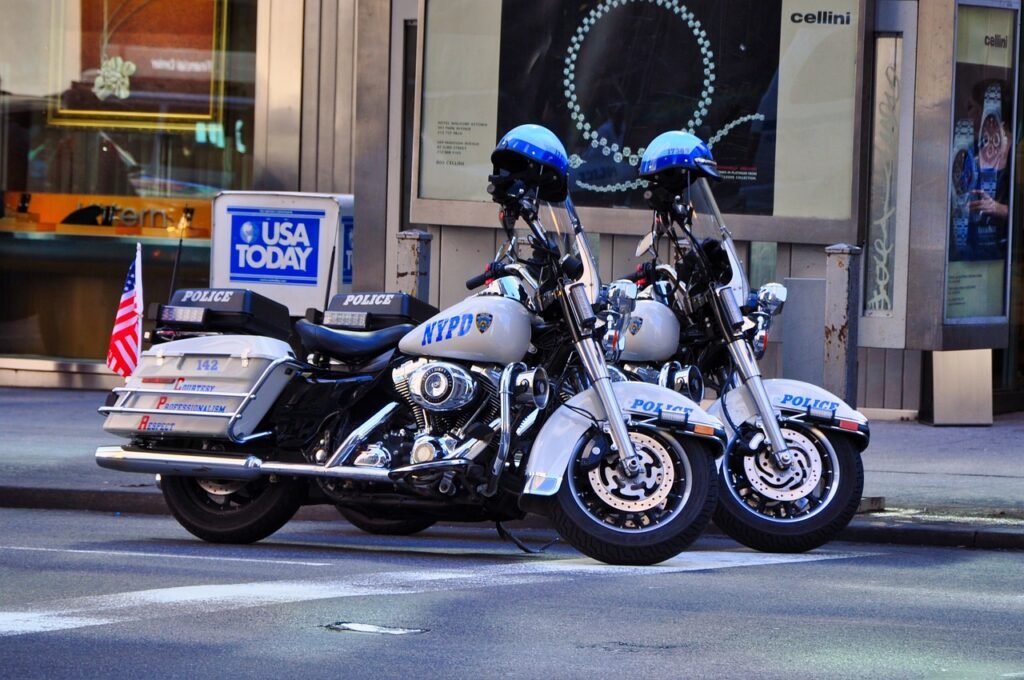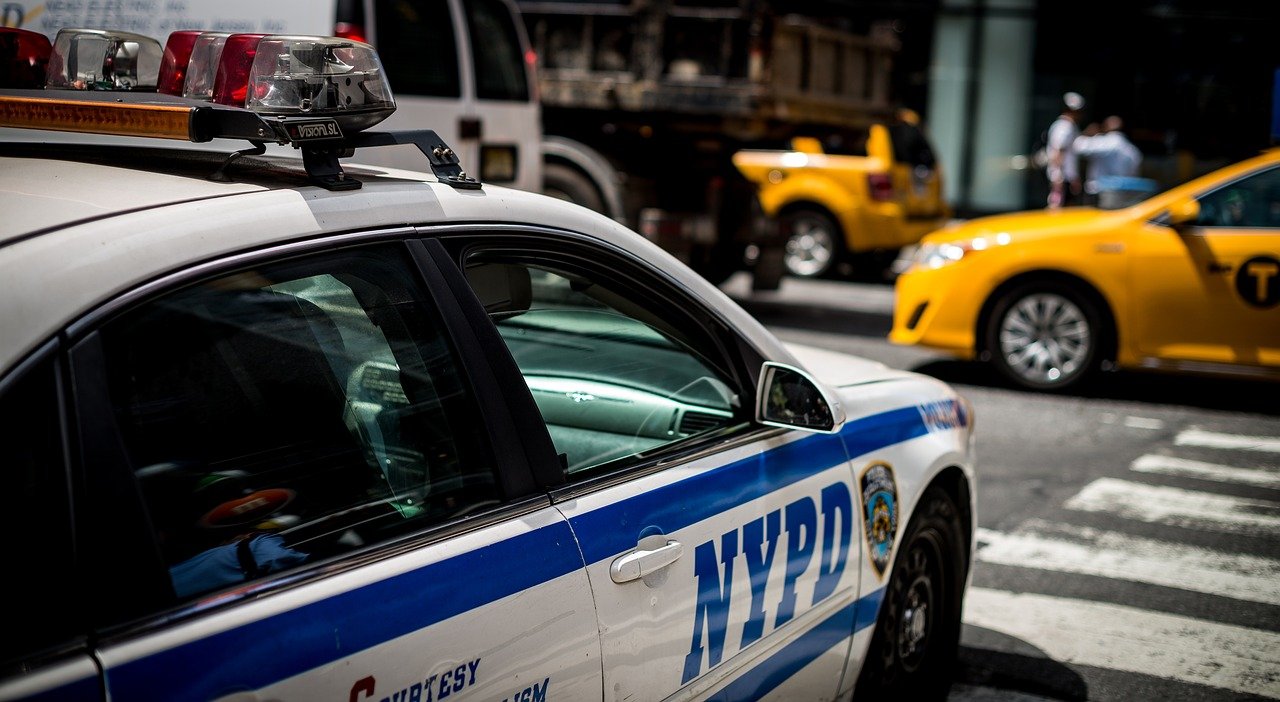TL;DR:
- “Woke policing” tries to integrate social justice values into law enforcement.
- Key issues addressed: racial equality, gender discrimination, LGBTQ+ rights, economic inequality, and disability rights.
- It traces its roots to the 1960s civil rights movements, evolving through community policing and recent movements like Black Lives Matter.
- Proponents advocate for bias training and community engagement to reduce police brutality, while critics worry it distracts from crime prevention.
- Recent policies include implicit bias training (NYPD) and revised use-of-force policies (LAPD).
- Future trends point to more bias training (2024), revised use-of-force policies (2025), neutral policing guidelines (2026), and expanded community initiatives (2027).
- Public opinion remains polarized on whether woke policing truly improves community safety.
Is Woke Policing Really Protecting Communities?
“Woke policing” has become a hot-button issue in the debate over how law enforcement should operate in the modern age. While it’s wrapped up in the language of equality, inclusion, and fairness, the question remains: Is woke policing actually improving public safety, or is it just another trend that’s diverting focus from what matters most—stopping crime and keeping citizens safe?
Woke policing aims to bring awareness of social justice issues like racial inequality, gender discrimination, and LGBTQ+ rights into law enforcement practices. Proponents say this is necessary to ensure fair treatment for all people, but critics argue that shifting priorities away from traditional policing is not only misguided but dangerous.

What is Woke Policing?
“Woke policing” refers to the integration of progressive social values into law enforcement practices. The term “woke” originally comes from African American Vernacular English (AAVE), meaning to be aware of social injustices. In the policing world, it implies incorporating policies that address issues like racial bias, gender inequality, and LGBTQ+ discrimination into standard procedures.
This often takes the form of:
- Bias training for officers to address subconscious prejudices.
- Revised use-of-force policies that aim to reduce police brutality.
- Increased community engagement to build trust between officers and marginalized communities.
Understanding the Evolution of Woke Policing
The origins of woke policing can be traced back to the civil rights movements of the 1960s, which sought to address systemic racism and inequalities in society. Since then, the push for police reform has gained momentum. In the 1990s, community policing emerged as a way to build stronger relationships between officers and the communities they serve. Over time, this approach evolved, especially in response to high-profile cases of police brutality in the 2010s and the rise of movements like Black Lives Matter in 2013.
| Year | Event | Impact on Modern Policing |
|---|---|---|
| 1960s | Civil Rights Movement | Highlighted systemic racism and the need for police reform. |
| 1990s | Community Policing | Focused on building relationships between police and communities. |
| 2010s | High-profile Police Brutality Cases | Increased demand for accountability and reform. |
| 2013 | Rise of Black Lives Matter | Heightened focus on social justice in law enforcement. |
Examples of Woke Policing in Practice
Woke policing initiatives often include bias training, revising use-of-force policies, and increasing community engagement. For example, the New York Police Department (NYPD) has implemented implicit bias training to help officers recognize and mitigate unconscious prejudices. Similarly, the Los Angeles Police Department (LAPD) revised its use-of-force policies, emphasizing de-escalation techniques.
While these measures are intended to foster trust and create a fairer system, there are concerns about their impact on public safety. Critics argue that woke policing may divert attention and resources away from traditional crime-fighting strategies, potentially leading to increased crime rates and eroding public confidence in law enforcement.
Criticism of Woke Policing
While proponents of woke policing believe it promotes fairness and improves community relations, critics see it as a distraction from the primary mission of law enforcement—maintaining public safety. Critics point to several specific practices they view as problematic, including:
- Taking a knee during protests.
- Engaging with political groups like Black Lives Matter.
- Policing free speech, particularly when it comes to controversial opinions.
- Dancing or taking selfies with protesters during demonstrations.
- Offering refreshments to eco-protesters engaged in acts of vandalism.
These activities, critics argue, send a message that officers are prioritizing social activism over their traditional duties. Instead of focusing on reducing crime and protecting the public, they worry that law enforcement is being sidetracked by political correctness.
The Future of Woke Policing
The future of woke policing, or its alternative, woke-free policing, will likely continue to be shaped by cultural and political factors. As society grows increasingly polarized, the debate over whether law enforcement should address social justice issues will only intensify.
Some key trends and predictions for the coming years include:
| Year | Policy Changes | Public Opinion | Law Enforcement Practices |
|---|---|---|---|
| 2024 | More bias training programs | Polarized views on efficacy | Increased community policing efforts |
| 2025 | Revised use-of-force policies | Growing support for equitable practices | Enhanced transparency measures |
| 2026 | Neutral policing guidelines | Continued division among the public | Focus on de-escalation techniques |
| 2027 | Expansion of community engagement initiatives | Increased trust in some areas | Advanced training for cultural competence |
Final Thoughts
The debate over woke policing is far from settled. While some see it as a necessary step toward achieving fairness and reducing bias in law enforcement, others believe it comes at the cost of public safety and effective policing. As the role of social justice in law enforcement continues to evolve, it’s crucial to find a balance that ensures safety without compromising justice.
FAQ
What is woke policing?
Woke policing is when police try to be more aware of social issues like race and gender in their work.
How does woke policing affect police work?
It changes how police interact with people and handle situations, focusing more on fairness.
Do all police departments use woke policing?
No, it varies by department. Some embrace it, while others stick to traditional methods.
What are some examples of woke policing?
Examples include bias training for officers and changing rules about using force.
Is woke policing making communities safer?
Opinions differ. Supporters say yes, but critics worry it might distract from fighting crime.

